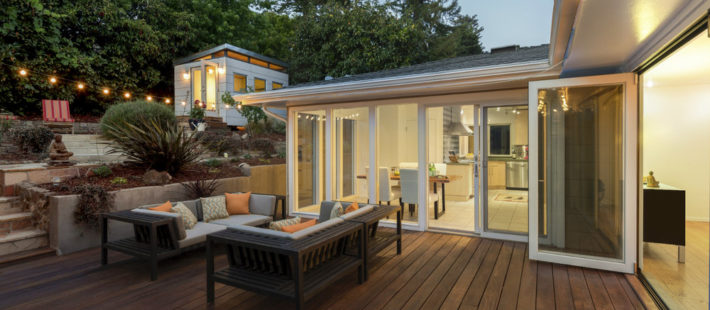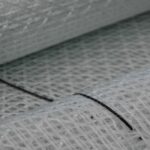Wood-based building materials support the wellbeing of people and the environment. Their emissions are low both in use and during the manufacturing phase, and in the future they may even purify indoor air.
Did you know that we spend, on average, 90% of our lives in built indoor environments? The quality of indoor air thus inevitably affects our wellbeing.
Good ventilation as well as suitable temperature and humidity are a good starting point, but they alone are not enough. Some people experience symptoms while indoors, and the cause is often sought from moisture damage, but studies also point to building materials and chemicals.
Wood is traditionally considered a healthy option in construction and interior design. However, wood construction involves insulation, coating agents and adhesives, many of which emit volatile organic compounds, or VOCs, into the room air long after the construction work has been completed. Fortunately, substitute materials have already been developed – and they, too, are made of wood.
Adhesives, coating agents and insulation are already being created from wood
Wood’s own glue, lignin, which is separated when pulp is cooked, has proved to be an excellent raw material. Lignin can already be made into low-emission adhesives that are suitable, for example, for wooden boards such as plywood and chipboard, as well as for furniture. Another promising raw material is nanocellulose processed from pulp, which is suitable as a binding agent in paints, among other things.
Many would also like to replace glass wool as well as EPS insulation boards, or polystyrene. A suitable alternative is being sought from wood fibre and traditional hemp, among others. Wood fibres and other natural fibres can be foam-formed, i.e. made into a porous, rollable sheet using a paper machine.
Wood fibres can also be sprayed, which has proved to be a handy way of creating soundproofing elements. And there is no need to limit the use of wood to insulation, coating agents and adhesives: wood composite can even replace porcelain in sinks and wall tiles. In composites, wood fibre reinforces fossil or bio-based plastic.
Shrinking the carbon footprint of buildings
In addition to increasing housing health, new wood-based building materials are a natural and sustainable choice for the environment as well. Trees bind carbon as they grow, and wood products continue to store it.
Furthermore, the production of planks, boards and new wood-based materials produces less carbon dioxide emissions than other building materials, starting from concrete and steel. Wood-based building materials are downright essential when aiming for a building with a small carbon footprint, or even one that is carbon-neutral.
Source: VTT
Featured image: DL Hickman & Son











